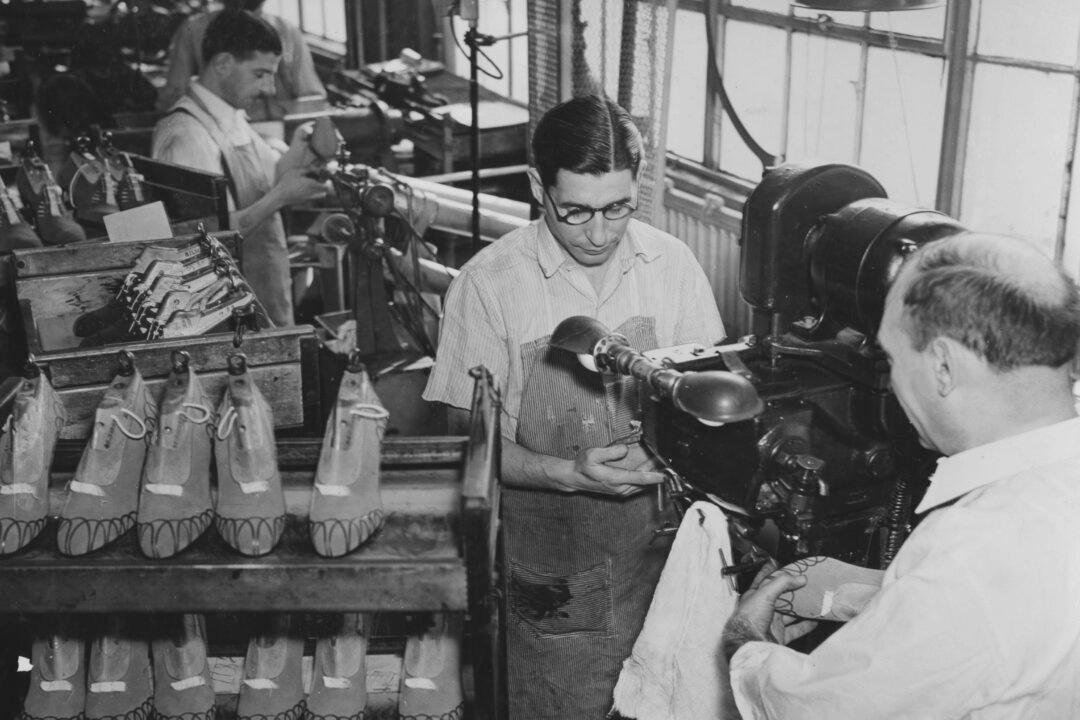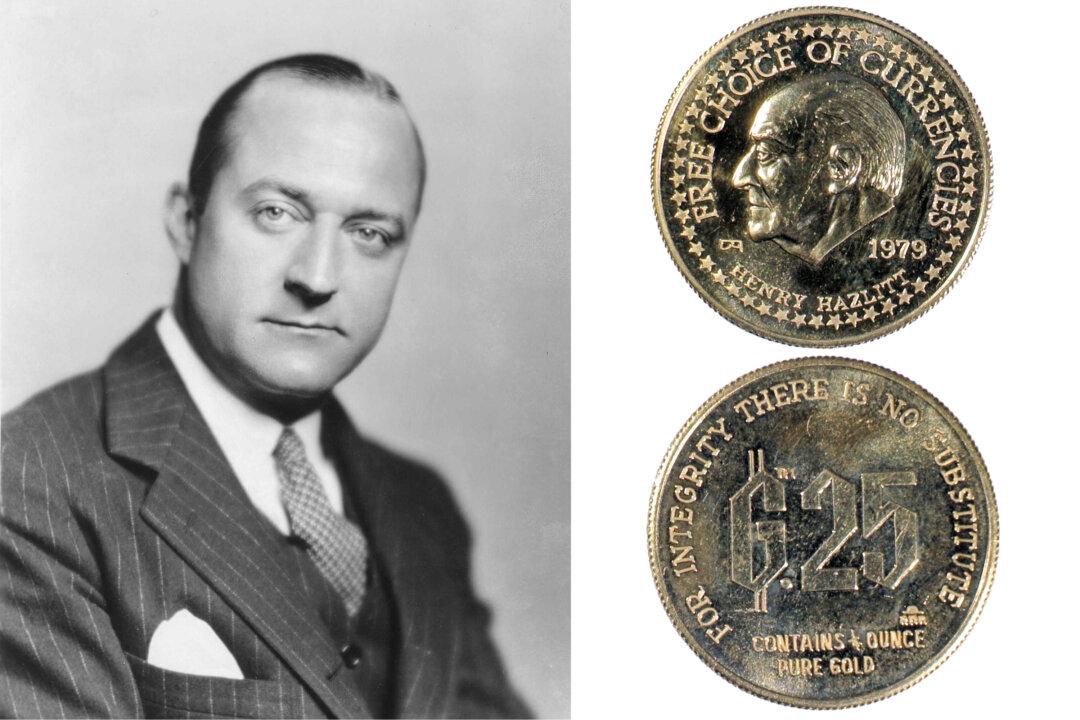Commentary
What is the difference between a mere brand and an actual manufacturer? These days, the distinction can be opaque, constantly changing, and filled with gray areas because of incredibly complicated supply chains, outsourcing, and marketing obfuscation.





